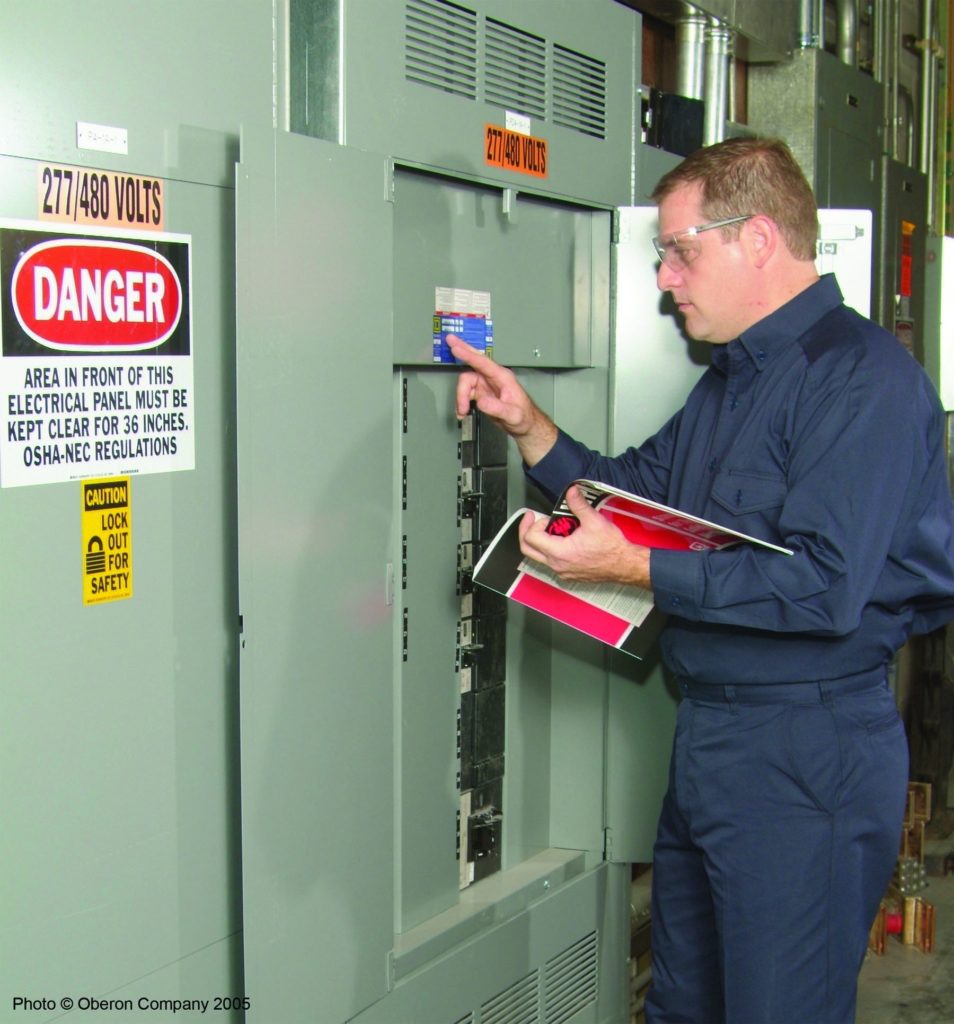Protecting Against Arc Flash
Credit to Author: Erhan Cokal| Date: Wed, 25 Sep 2019 14:57:57 +0000
 An Arc flash is defined as a hazardous explosion of energy from an electrical circuit, or a type of discharge that results from a low-impedance connection through air to ground or to another voltage phase in an electrical system.
An Arc flash is defined as a hazardous explosion of energy from an electrical circuit, or a type of discharge that results from a low-impedance connection through air to ground or to another voltage phase in an electrical system.
In the United States, Arc Flashes occur as often as five to ten times per day. Many of these incidents result in injuries and some are even deadly. Creating a heat blast of up to 35,000 degrees Fahrenheit, arc flash incidents can also damage equipment and interrupt business operations, leading to significant economic losses.
To protect electrical systems from these disastrous effects, electrical professionals must comply with OSHA enforced electrical safety standards in their state and local jurisdiction. The National Fire Protection Association’s NFPA 70E, Standard for Electrical Safety in the Workplace outlines a six-step process for the proper design and installation of electrical systems:
- Develop and audit electrical safe work practices policy
- Conduct an arc flash risk assessment to evaluate the likelihood of occurrence and severity of arc flash hazards
- Follow strategies to mitigate and control arc flash hazards
- Conduct regularly scheduled safety training and audits for all electrical workers
- Maintain electrical distribution system components
- Ensure adequate supply of personal protective equipment (PPE) and proper tools that act as the “last line of defense” for exposed workers
New Technologies
To help address this critical safety issue, new technology has been introduced to Motor Control Centers that is a gamechanger in equipment protection and safety-related work practices. This new equipment design is not just a barrier to arc flash events, but it also helps to prevent arc flash causes from originating, extinguishing and containing the arc energy if they would occur.
Check out this demonstration video:
The unique design creates a passive arc flash mitigation system that can contain the line side arc flash event at the equipment’s maximum rated level. This new technology also includes thermal sensors that allow users to monitor MCC temperature from their mobile device while standing outside the arc flash boundary. This decreases the time needed to take a temperature reading and eliminates the need for PPE normally required for infrared thermography.
Lab Test – see the new MCC designed for safety versus a traditional MCC design:
Conclusion
Electrical hazards pose a significant safety and financial risk for businesses and their employees. OSHA mandates that any work on electrical equipment must be performed in a safe manner that poses no undue risk of injury. In addition, businesses can leverage new technologies to protect their property, their profitability, and their greatest asset, their people.
For more information, please visit: www.schneider-electric.us/arcblok.
The post Protecting Against Arc Flash appeared first on Schneider Electric Blog.
